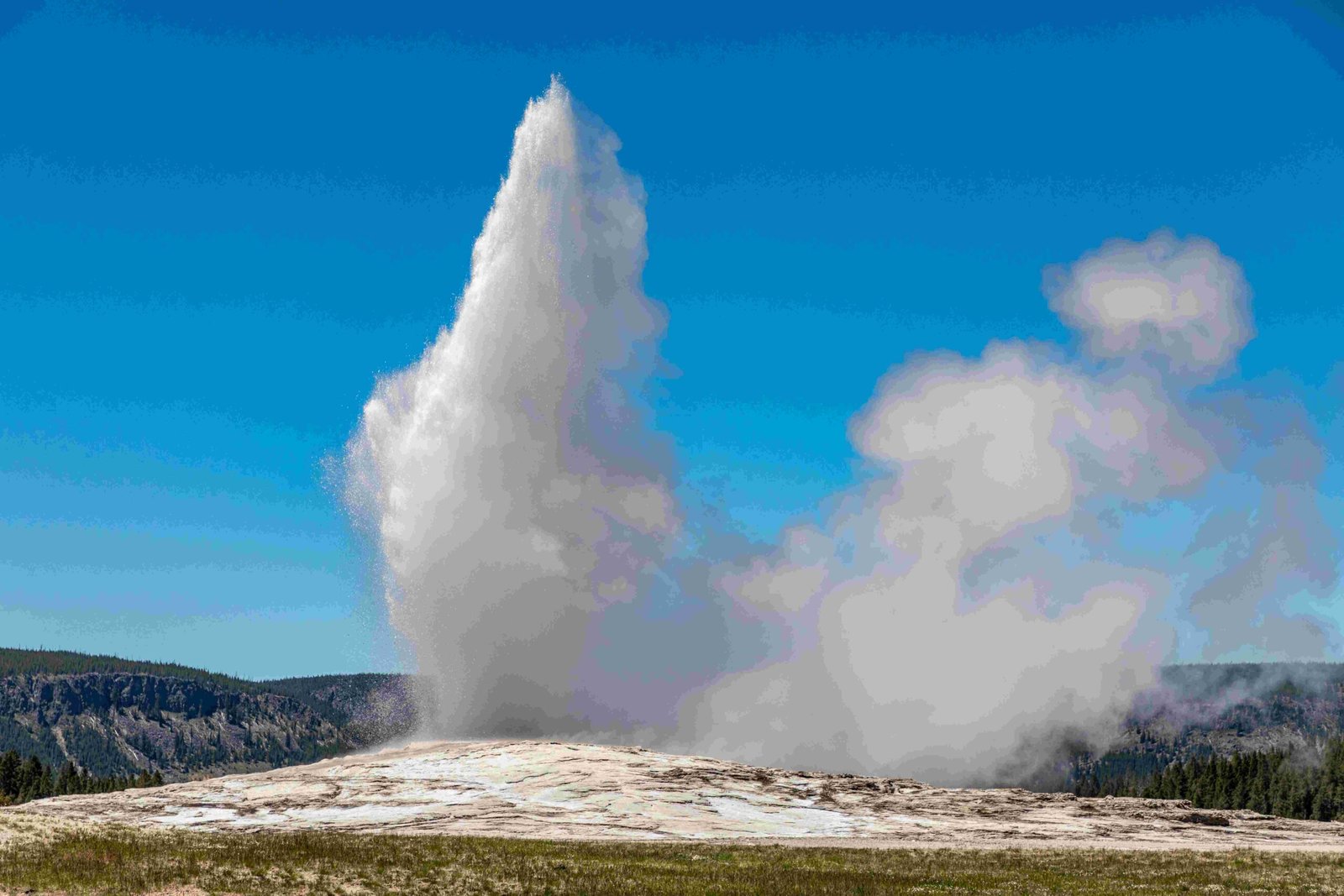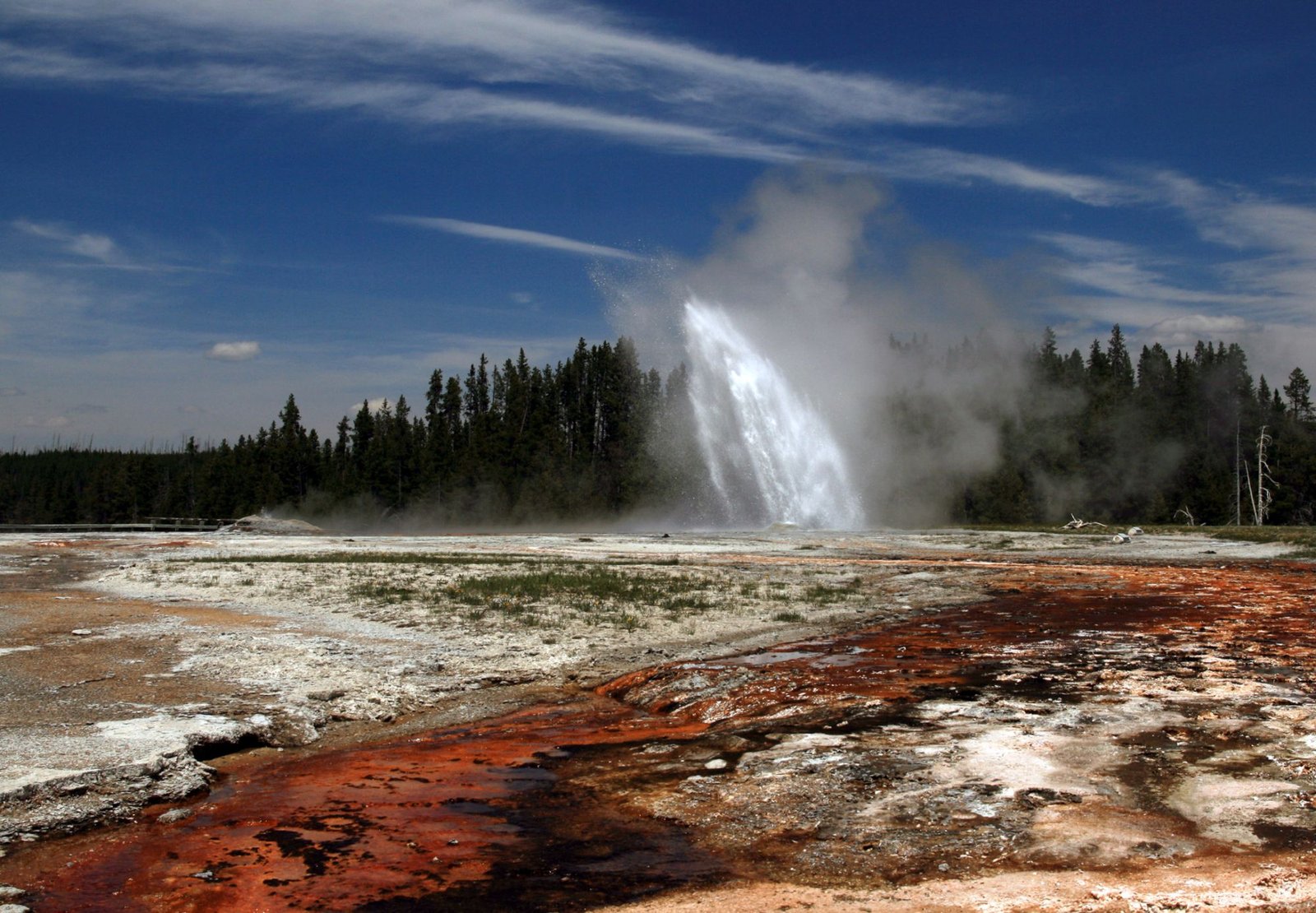Yellowstone National Park is home to a diverse array of flora and fauna, making it a haven for nature enthusiasts. The park boasts over 60 mammal species, 300 bird species, and numerous plant varieties. Visitors can observe iconic animals like bison, elk, and grizzly bears, as well as unique plant life adapted to the park’s varied ecosystems. From the towering lodgepole pines to the colorful wildflowers, Yellowstone’s biodiversity is truly remarkable.
What Mammals Can Be Spotted in Yellowstone?

Yellowstone National Park is renowned for its diverse mammalian population. Here’s a breakdown of the key mammal groups you might encounter:
Ungulates
- Bison (American Buffalo)
- Elk
- Moose
- Mule Deer
- White-tailed Deer
- Pronghorn
- Bighorn Sheep
Carnivores
- Grizzly Bears
- Black Bears
- Gray Wolves
- Coyotes
- Mountain Lions (Cougars)
- Canada Lynx
- Bobcats
Smaller Mammals
- Beavers
- River Otters
- Badgers
- Marmots
- Pikas
- Various Squirrel Species
What Bird Species Can Be Observed in the Park?

Yellowstone is a birdwatcher’s paradise, with over 300 species recorded. Here are some notable birds you might see:
- Bald Eagles
- Ospreys
- Peregrine Falcons
- Trumpeter Swans
- Sandhill Cranes
- White Pelicans
- Common Loons
- Clark’s Nutcrackers
- Mountain Bluebirds
- Great Gray Owls
What Types of Plants Thrive in Yellowstone’s Ecosystems?
Yellowstone’s plant life is as diverse as its animal inhabitants. Here’s a glimpse into the park’s flora:
Trees
- Lodgepole Pine (most common)
- Quaking Aspen
- Douglas Fir
- Engelmann Spruce
- Subalpine Fir
Wildflowers
- Indian Paintbrush
- Lupine
- Arrowleaf Balsamroot
- Fireweed
- Glacier Lily
- Mountain Bluebell
Shrubs
- Sagebrush
- Rocky Mountain Maple
- Serviceberry
- Chokecherry
Where Are the Best Locations to Observe Wildlife in Yellowstone?
Certain areas of Yellowstone are known for their wildlife viewing opportunities:
- Lamar Valley – Often called ‘America’s Serengeti’ for its abundant wildlife
- Hayden Valley – Great for bison and grizzly bear sightings
- Mammoth Hot Springs – Popular for elk, especially during rutting season
- Gibbon Meadows – Good for elk and bison viewing
- Yellowstone Lake – Excellent for bird watching, especially waterfowl
How Do Seasonal Changes Affect Wildlife Visibility?
| Season | Wildlife Activity | Plant Activity |
|---|---|---|
| Spring | Animals emerge from hibernation, migration begins | Wildflowers start blooming |
| Summer | Peak activity for most species | Full bloom for wildflowers, lush vegetation |
| Fall | Mating season for many mammals | Aspen trees turn golden |
| Winter | Wolves more visible, some animals hibernate | Most plants dormant, evergreens prominent |
What Unique Ecosystems Exist in Yellowstone?
Yellowstone’s diverse landscapes create several unique ecosystems:
- Geothermal Areas – Home to thermophilic organisms
- Alpine Meadows – High-altitude plant communities
- Forests – Dominated by coniferous trees
- Grasslands – Habitat for grazing animals
- Wetlands – Important for waterfowl and aquatic plants
How Can Visitors Responsibly Observe Wildlife and Plants?
To ensure the safety of both visitors and wildlife, and to preserve the park’s ecosystems, follow these guidelines:
- Maintain a safe distance from all wildlife (100 yards from bears and wolves, 25 yards from other animals)
- Stay on designated trails to protect plant life
- Use binoculars or telephoto lenses for close-up views
- Never feed wildlife
- Respect seasonal closures and restrictions
- Leave no trace – pack out what you pack in
By following these rules, visitors can enjoy the incredible diversity of plants and animals in Yellowstone National Park while helping to preserve this unique ecosystem for future generations.
References:
1. Yellowstone National Park Wildlife – National Park Photographer
2. Mammals – Yellowstone National Park (U.S. National Park Service)
3. The Incredible Flora and Fauna of Yellowstone – Yellowstone National Park Lodges

